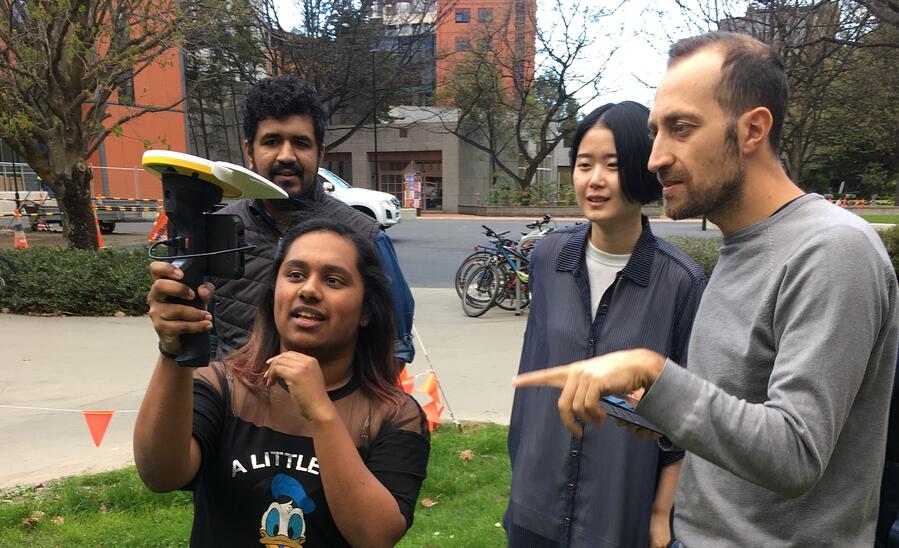Augmented Reality in AEC Education
Recently students at the University of Canterbury in New Zealand got to use SiteVision for a day on campus. Read more on how augmented reality and technology are being used by architecture, engineering, and construction students.
How can augmented reality be used in education?
Universities play two critical roles in the introduction of new technology to industry. The first of these is an independent validation of the suitability of the new technology for deployment in industry, and the second to include the application of new technology into professional courses to ensure that new graduates understand and are skilled with the use of new technology. This article discusses how one university has approached the introduction of augmented reality and the integration of rich 3D attributed data throughout the project lifecycle, as a part of their courses.
The Business Case for AR
Augmented Reality (AR) is a new way of interacting with information. In July 2016 AR took the world by storm when Pokémon Go brought its capabilities to the forefront and into the news.
 Pokémon Go
Pokémon Go
The success of Pokémon Go is worth understanding. The popularity was driven by four factors:
Collaborative – Fun with family and friends
Geospatial – Outside in the community
Easy to use – Augmented reality overlay instead of maps
Great content – Relatable Nintendo character array
Can these success points for a consumer AR application translate into a geospatial business context? The short answer is YES, the same factors apply:
Collaborative – View with colleagues and clients
Geospatial – Outdoors is where the work is done
Easy to use – Augmented reality overlay instead of maps
Great content – Business investments in 3D spatial data
While AR started in the consumer space, over recent time all the leading providers have developed the understanding that there is huge value in applying the AR technology to the commercial sector.
As Trimble Augmented and Mixed Reality solutions developed into a product line over the last 4 years, deeper more impactful business benefits became apparent:
- Reduced project risk
- Improved project quality
- Shortened project schedules
- Reduced project cost
 Trimble XR10
Trimble XR10
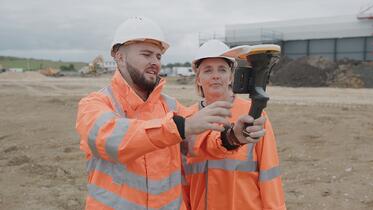 Trimble SiteVision
Trimble SiteVision
These powerful business benefits are achieved by providing context-related information, improved data interpretation and enabling collaboration through geospatially-accurate true 3D visualization. For example, operators can see hidden subsurface assets, see future structures and compare planned vs. actual construction.
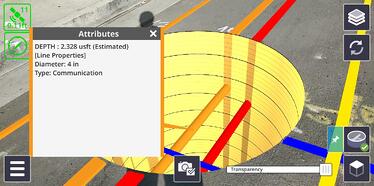 Hidden subsurface assets
Hidden subsurface assets
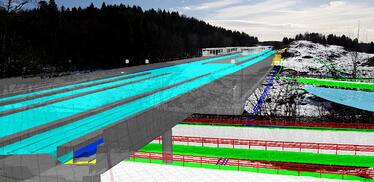 Future structural designs
Future structural designs
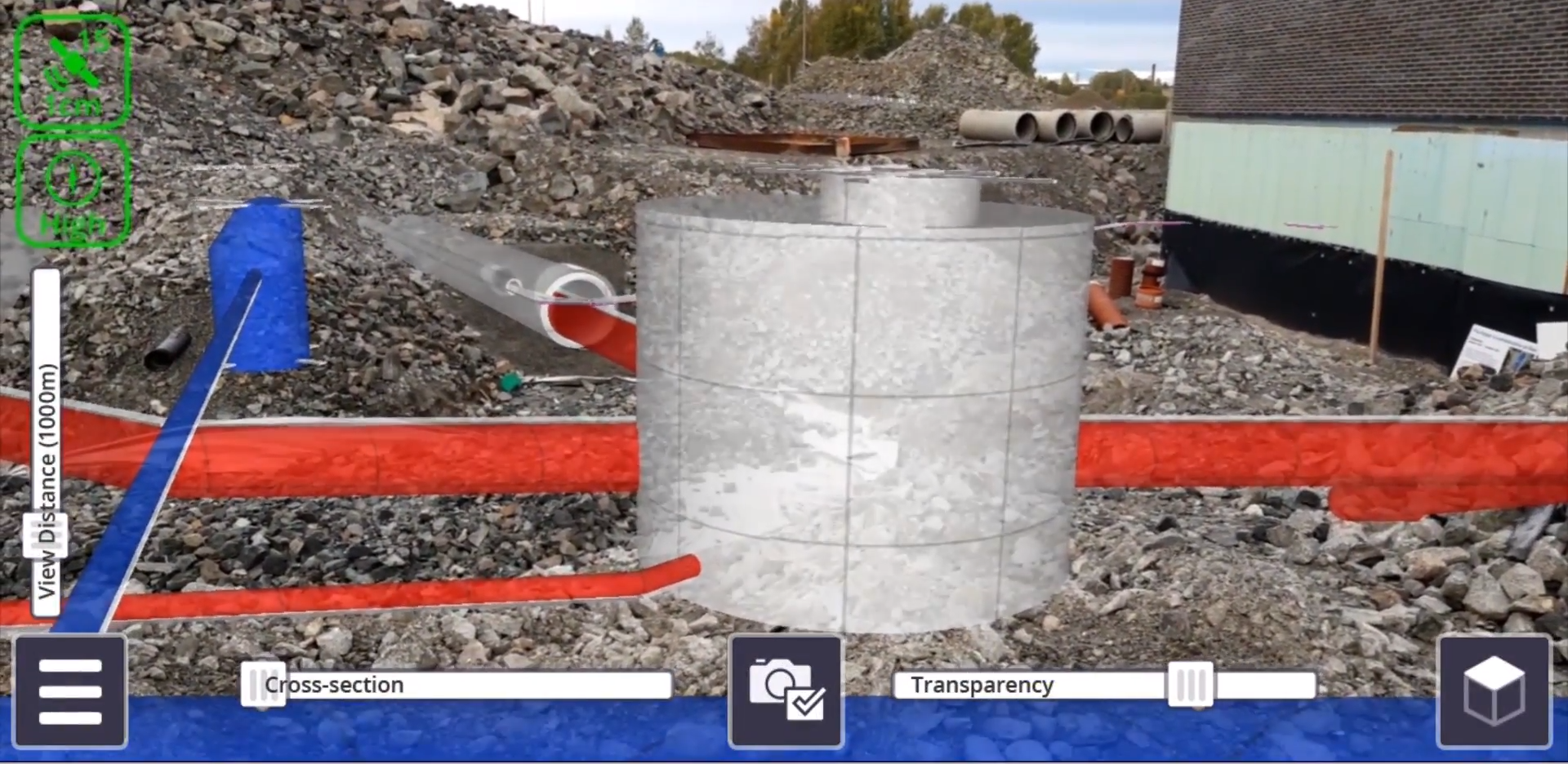 Compare planned vs. actual construction
Compare planned vs. actual construction
Trimble Engagement with Local Universities
Located in Christchurch, New Zealand, the University of Canterbury works in close collaboration with industry, including Trimble’s Christchurch based R&D centre.
Within the Civil and Natural Resources Engineering department at the university there is a research initiative focused on innovative technical, educational and policy solutions for improving the affordability, resilience and sustainability of the built environment, and the productivity of the building sector.
This is linked closely to the Masters program in Architectural Engineering that is a practice-focused degree for students with engineering or architecture backgrounds to gain professional, work-ready building design skills to address the building industry’s growing need for design professionals with advanced knowledge and skills in their discipline and the ability to collaborate effectively with other designers, investors, contractors, and project managers, through knowledge of whole-building design and performance, integrated design of sustainable buildings, and digital methods for planning, designing, constructing, and operating buildings.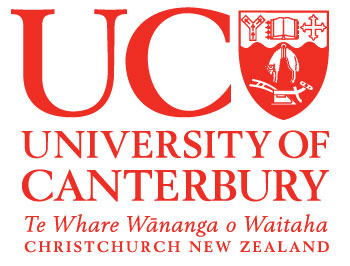
Over the last 3 years the Trimble New Zealand R&D center has collaborated on a variety of projects involving the use of AR in the Architecture, Engineering and Construction (AEC) industry. This has ranged from using head-mounted 3D AR glasses for checking construction accuracy, to using hand-held AR displays to verify new designs on-site.
The collaboration began with the research phase. The first phase was the evaluation of the benefits of AR for improving collaboration across the construction project lifecycle. In the second phase the research investigated the accuracy available from various methods using the Hololens product, and how applicable this is to construction checking and inspection processes.
The project discussions are based on the core business benefits that AR can deliver:
- Reduced project risk
- Improved project quality
- Shortened project schedules
- Reduced project cost
For the research phase, Trimble Connect for HoloLens projects focused on using 3D holograms on-site to check construction accuracy and explore remote expert collaboration.
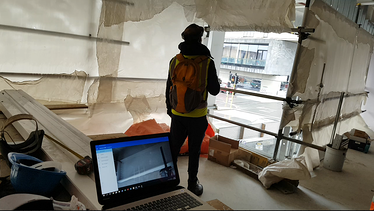 On-site with Trimble Connect for HoloLens
On-site with Trimble Connect for HoloLens
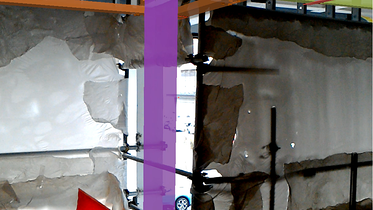 Comparing design vs. actual
Comparing design vs. actual
We observed that student AR research work took their standard testing and evaluation techniques to a new level with the new technology. This extended their basic principles of determining current product value and critiquing, quantifying the proposed project goal.
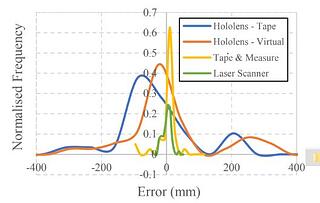
Students compared different methods for checking construction accuracy.
Their research results and feedback feeds into Trimble’s product development cycle and leaves behind students with an experience of AR, a fuller appreciation of their chosen career and a readiness to enter the workforce better prepared to transform the way the world works.
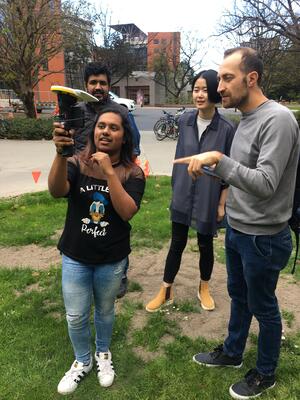
As the university has moved from the research phase around AR technology to its deployment in industry, learning about AR has become a part of the deliverables for the curriculum. This has involved lectures from industry thought leaders on the state of the art of the rapidly changing AR world, and on the practical application of AR as a part of the course.
“Augmented Reality has been part of our curriculum in the Master of Architectural Engineering in the last years. Our students always show a great interest in the state-of-the-art AR technologies. The use of AR in class and for the design and research projects has enhanced their curiosity, skill development and academic success.”
– Civil & Natural Resources Engineering Lecturer Giuseppe Loporcaro.
The students are introduced to new and “cool” technology during their course work. This has been seen to instill a sense of excitement for their career choices. Following the lectures they start to use the technology themselves, hands-on.
“I enjoyed Trimble SiteVision and was thrilled by the technology taken to the next level”, says Masters of Architectural Engineering student Samarth Fadnavis.
Trimble SiteVision is used to verify student architectural designs in a real-world setting to enable the students to understand and learn about how aspects of their design fit with the surrounding environment.
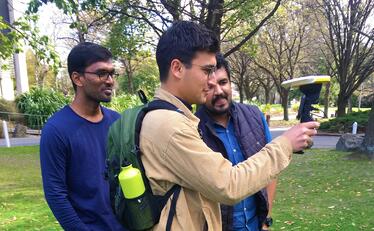 Students using SiteVision
Students using SiteVision
 Viewing a student design
Viewing a student design
“Trimble SiteVision gave me a broader view of my 3D visualisation. It helped me communicate my ideas to the professor, and I gained knowledge of the proportion of building suitable for the site context”, says Masters of Architectural Engineering student Gokul Saravanan.
“Trimble SiteVision helped us in virtually visualizing models that we created using design software, in the real-time environment. It also helped us to understand how we could change certain features in the building, so that it will best suit the site it is to be built. We are very grateful to Trimble for giving us the opportunity to virtualize our models on site without it being constructed”, says Masters of Architectural Engineering student Amy Joshua.
A strong theme of the Architectural Engineering course is cross-discipline collaboration. Trimble SiteVision has been deployed with the student groups with the underlying AEC theme of improving the interrelated disciplines of design and construction, through improved collaboration between the architect, engineer and contractor.
Industry statistics have shown that there has been a labor shortage in the Construction industry for the last 5 years and new technology such as AR could be an attractive point for the new generation.
Being familiar with AR technology coming out of university will give the students an edge in the workplace and progress the goal of the Architectural Engineering department to improve the productivity of the Building sector.
Collaboration beyond the AEC professionals
The collaborative approach taken by the University of Canterbury extends beyond the core disciplines of Architecture and Engineering and out to the industry suppliers that support the construction industry. Through the collaborative relationship established between the University and Trimble there is cross-learning, exploring new areas of research and gaining further insights into how products should evolve with a new generation of industry professionals being trained.
Want to learn more about SiteVision, click here >

More Trimble SiteVision
Subscribe to the Trimble SiteVision blog so you'll be alerted with the latest posts.


